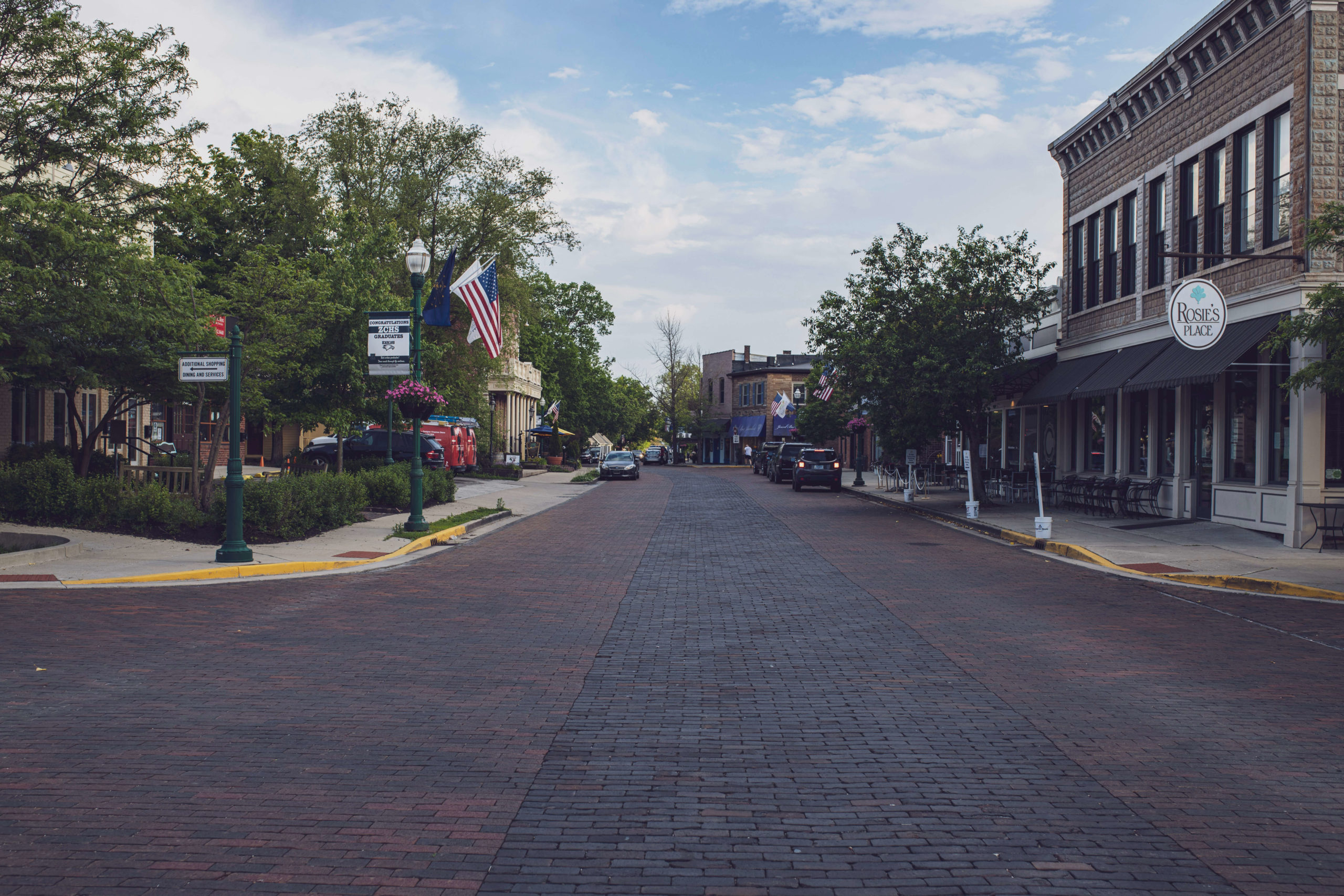by Delma Mindel
“My soul can find no staircase to heaven unless it would be through earth’s loveliness.” ~Michelangelo
Fall is arriving moment by moment. Our burr oak is beginning to let go of it’s abundance of acorns, which are about 2 inches in diameter. Walking outside will be perilous for the next month or so. Ouch!
What to do to get your garden ready for winter, which by the way, is predicted by the Farmer’s Almanac to be like last year’s. However our wooly worms do disagree. And so far, wooly worms have never been wrong.
Fall chores:
1. Dig up tender plants and store them in a basement or nonfreezing garage. That way you will start with plants that are bigger and healthier than anything you’ll find, or can afford, in a nursery.
2. Shut down and winterize water features. Pumps should be lifted and drained.
3. Protect delicate ornaments. Look at your garden to identify objects that are vulnerable to winter activities and move them to safer spots until spring.
4. Put away hoses and drain spigots. All it takes is one night below 32 degrees to ruin your favorite watering wand or cause a pipe to break and flood your basement. Or, invest in frost-proof spigots that don’t need winterizing.
5. Take delicate containers indoors. If it’s not fiberglass, foam, concrete or plastic, you’ll need to move your pots indoors to prevent them from freezing and cracking.
6. Prune deadwood from trees and shrubs. Snow is heavy. Winter is when dead branches will crack and fall, potentially damaging power lines, hardscaping not to mention other trees and shrubs, and oh, roofs.
7. Blow and rake leaves from nooks and crannies. During a long, cold winter, that fluffy layer of colorful fall leaves turn into a soggy, half-rotten mess which comes together in a slippery, compacted sodden mass that is immune to a leaf blower and even difficult if not impossible to rake up in the spring. if you have a mulching leaf blower, then mulch them and leave them. No yucky mess in the spring.
Last topic: To prune, not to prune hydrangeas. My favorite web site is hydrangweashydrangeas.com They cover this topic thoroughly. Here’s a few things I picked up from their site. Endless Summer should bloom no matter when it’s pruned. However, it’s best to not prune after July. Remove old blooms anytime, a process called “deadheading”. Annabelles can be cut to a few inches above the ground and will rebound beautifully.
1. Mopsheads and lacecaps produce flower buds around August, September, October. If you prune now, you will greatly reduce the blooms for next summer.
2. Cut all dead stems to the base of the plant.
3. If the plant has grown too big, its OK to reduce it’s size by pruning, but only in May or June, and not after July.
Happy fall gardening. And is there anything tastier then homemade spaghetti sauce from your own garden produce?

